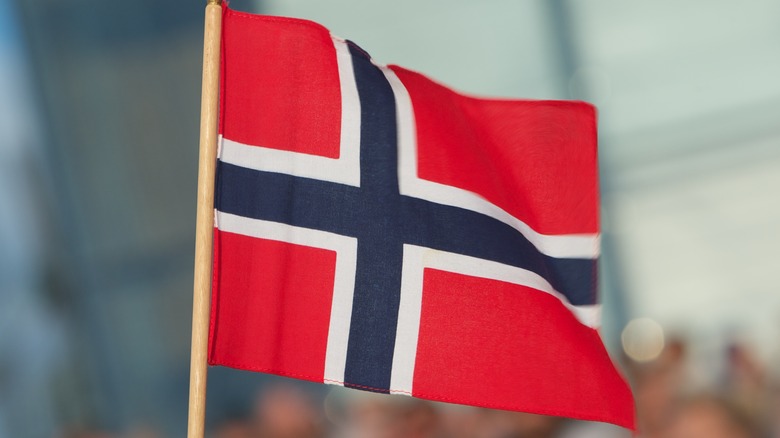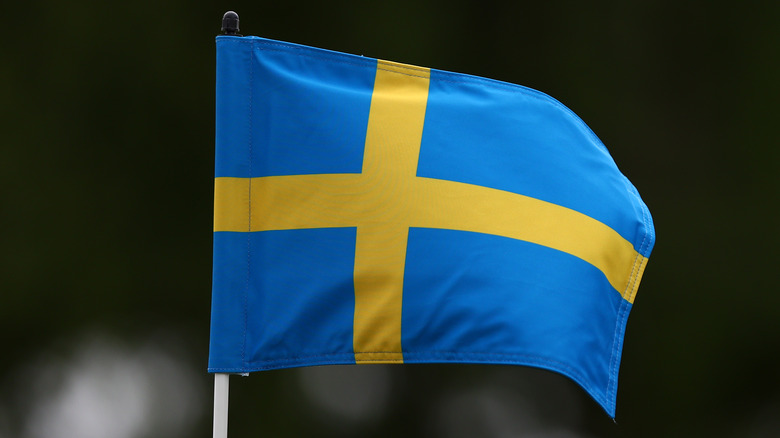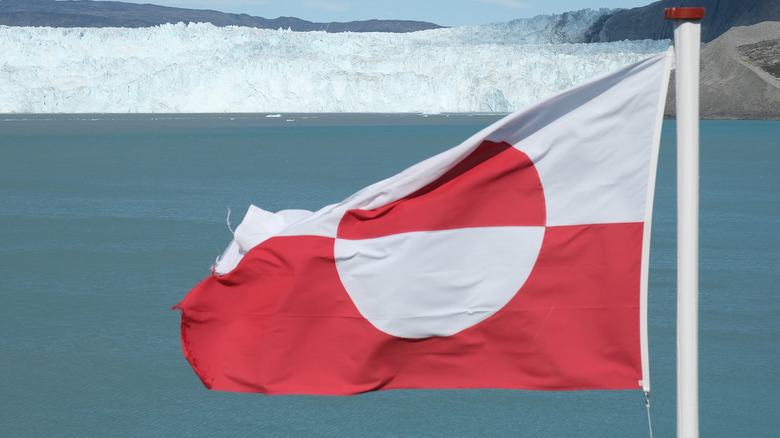What's The Real Difference Between Nordic And Scandinavian?
With commercial genealogical DNA tests now common, more and more people all over the world have discovered the true roots of their ancestry, according to the MIT Technology Review. Through those tests, consumers learn what country their ancestors came from, including Northeastern European countries like Sweden, Finland, and Norway, among others. Do those results on your DNA test results mean you are Nordic or Scandinavian, though, and does it really make a difference?
Those two words, Nordic and Scandinavian, after all, are often used interchangeably in casual conversation as Nordic Perspective explains, — except in the part of the world that those two words refer to, where, if used incorrectly, you'll likely find yourself corrected by a local. And truthfully, there is some overlap as to how each one is defined and which countries in Europe they refer to. There are important, commonly-agreed upon differences between the terms, though, as Trip Savvy notes. Here's how to tell which one might apply best to you.
Is Scandinavian a language or a location?
Countries such as Norway, Sweden, and some parts of Finland are on the Scandinavian peninsula, and therefore they are Scandinavian, according to Slate. From that geographical perspective alone, then, Norwegians, the Swedes, and sometimes the nearby Finns are the only true Scandinavian people, though those lines often get blurry, per Maps of World. As these things go, though, there's also a linguistic component to the Scandinavian-versus-Nordic debate, as Slate also notes. If you speak Danish, Norwegian, or Swedish, then you're a true Scandinavian, speaking a language falling under the umbrella of Continental Scandinavian.
On the other hand, languages like Faroese — spoken on the Faroe Islands in the North Atlantic archipelago (via Britannica) — and Icelandic are Insular Scandinavian in their roots. In the minds of many, that makes those countries Nordic, as does their geographical location outside the Scandinavian peninsula. Over the millennia, though, as people migrate, there's a great deal of genetic mixing, and many who test their DNA today will likely find they have ancestors from both of these neighboring and closely related regions.
But what about Greenland?
To review then, if you — or your great-great-great grandparents, per your DNA test — are from Norway, Sweden, or Denmark then you're Scandinavian. If you're from Iceland, Finland (mostly), Greenland — or the tiny island Åland, where they speak Swedish — then you're Nordic (via Norden). Also notable, all countries mentioned, save Greenland, have flags displaying the Nordic Cross, as Slate explains.
Speaking of Greenland, though — which is technically closer to the North American continent than it is to Europe, but still part of Denmark's Kingdom — the autonomous country is sometimes considered Baltic, along with Estonia, Latvia, and Lithuania, among others (per Trip Savvy). On that note, given their close proximity, if your DNA test reflects either Scandinavian or Nordic ancestry (or a mix of both) there's a good chance there will also be some Baltic in there, too. What the debate ultimately breaks down to most of all, though, is the local preference in this closely linked and highly culturally intertwined part of the world, as Nordic Perspective notes.


